This post takes a look at key moments of history in Paris through books – both fiction and non-fiction – which illustrate them. There are two key biographies, a literary journal and three novels. Moments of history covered are the revolution, the siege of Paris (1870-71), Paris in the 1930s and World War II and we present the books in chronological order of the periods they cover. There is much more detail on the podcast, including more quotations from the works themselves.
A Tale of Two Cities by Charles Dickens

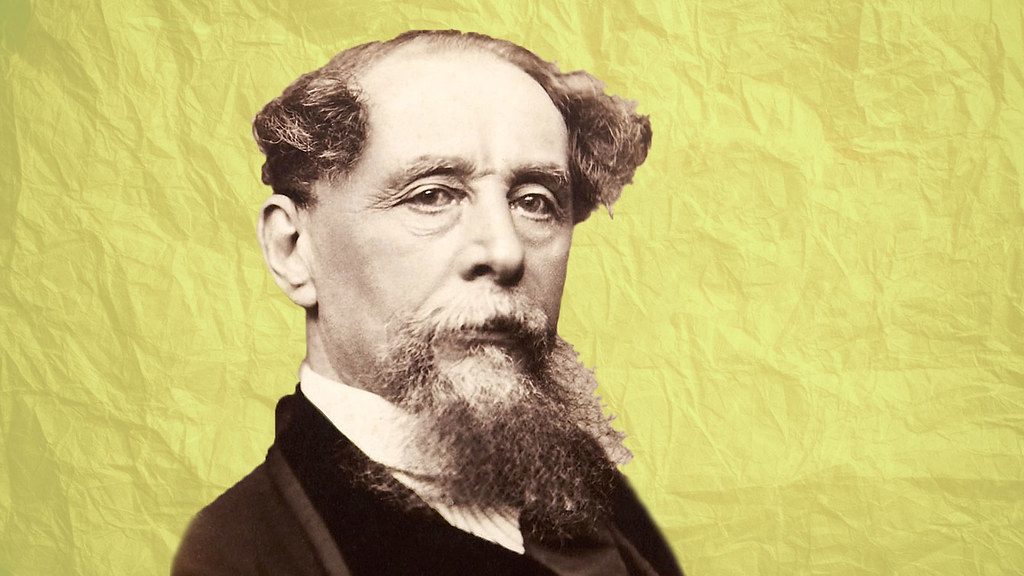
The tale spans London and Paris at the height of the French Revolution in 1879. Early scenes contrast a description of Monseigneur being served his breakfast ‘chocolat’ by 4 servants with a wine spillage in a poor suburb which sees the citizens on their hands and knees, desperate to sip a little of the spillage. The revolution, says Dickens, had cause. There are descriptions of the storming of the Bastille and of guillotine executions and the range of characters brings many viewpoints: the citoyens, aristocrats, revolutionaries and the English visitors caught up in the mayhem.
‘Some men kneeled down, made scoops of their two hands joined, and sipped, or tried to help women, who bent over their shoulders, to sip, before the wine had all run out between their fingers. Others, men and women, dipped in the puddles with little mugs of mutilated earthenware, or even with handkerchiefs from women’s heads, which were squeezed dry into infants’ mouths’.
‘Come, then’, cried Defarge in a resounding voice. ‘Patriots and friends, we are ready! The Bastille!’ With a roar that sounded as if all the breath in France had been shaped into the detested word, the living sea rose, wave on wave, depth on depth, and overflowed the city to that point. Alarm bells ringing, drums beating, the sea racing and thundering on its new beach, the attack began.’
Marie Antoinette by Antonia Fraser

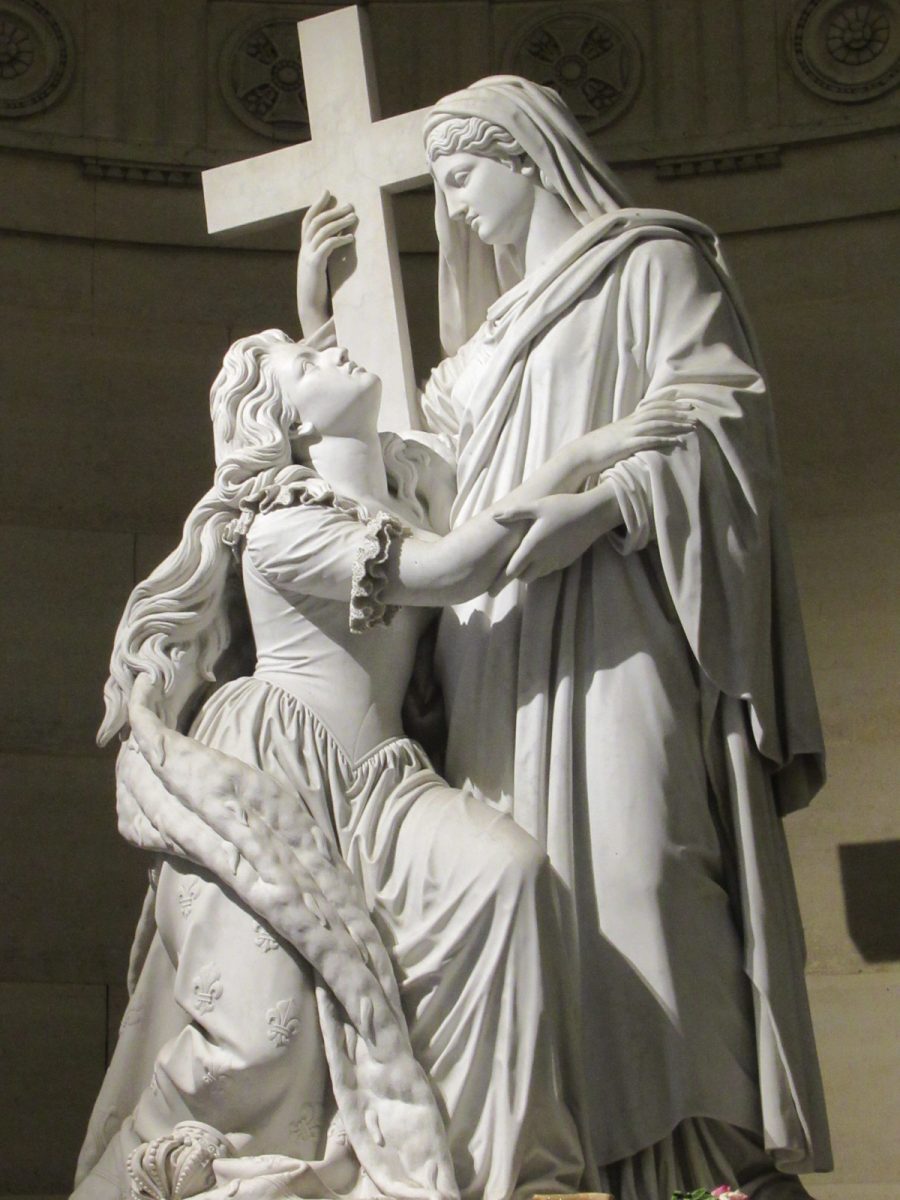
This comprehensive biography covers Marie Antoinette’s life from her childhood at the court at Vienna, her arrival in France to marry the dauphin, her reign as queen and the revolution which ended her life. The fifth section is titled ‘The Austrian Woman’, the sneering description used to belittle her, and relates the story of her arrest, imprisonment, trial and execution. The author quotes statements from the Revolutionary Tribunal, boasting that ‘It is fallen at last, the head of the haughty Austrian woman, gorged with the blood of the people’. Fraser concludes sympathetically that ‘Her weaknesses, though manifest, were of trivial worth in the balance of her misfortune.’
Marie Antoinette at her wedding: ‘She was so small and slender in her white brocade dress inflated with its vast hoops on either side that she looked ‘not above twelve’. Yet the dignity of Marie Antoinette who ‘had the bearing of an archduchess’ …… was universally commended.’
At her trial, aged 37: ‘The queen looked ghastly. Here was a white-haired woman with sunken features whose extreme pallor was due as much to her persistent loss of blood as to her nine weeks’ incarceration in the humid, airless conciergerie. ….. She was nevertheless entirely composed as she stood in her widow’s weeds, the work black dress patched by Madame Larivière, and took the oath in the name of Marie Antoinette of Lorraine and Austria, widow of the King of France.’
Paris Stories Everyman’s Library Pocket Classics

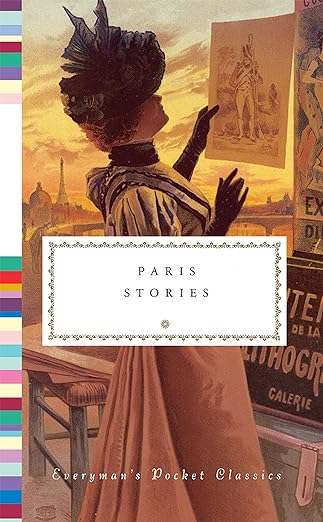
One of the many sections and extracts covered in this anthology is a selection of quotations from the Journals of the brothers Edmond and Jules Goncourt, written in 1871, just as the Siege of Paris was underway. They give vivid descriptions of the destruction in the city, of smoke and burning buildings, the Palais de Justice and the Hôtel de Ville in ruins and traces of the recent fighting everywhere: ‘here a dead horse; there, beside the paving stones from a half-demolished barricade, a peaked cap swimming in a pool of blood’. Here is their description of French prisoners of war arriving back at the Gare du Nord from Germany.
‘Pale faces, thin bodies in greatcoats too big for them, faded red cloth and worn grey cloth …… They walked along with little sticks in their hands, bent under grey canvas kitbags. Some of them were dressed in German breeches and others were wearing a cloth cap in place of the peaked cap they had left on some battlefield. Poor fellows!’
an officer and a spy by robert harris


This novel – about which the author says that ‘almost all of that which occurs actually happened in real life’ – tells the story of the Dreyfus case which split France in the 1890s. Alfred Dreyfus, an army officer, was wrongly convicted of spying and sent into exile. But as the spying continued, it became clear that a mistake had been made and that Dreyfus, a Jew, was a scapegoat. The story of Georges Picquart’s quest to prove this is set in central Paris and takes in a number of big scenes from history including the set-piece opening when Dreyfus is ceremonially deprived of his sword and medals, his subsequent trial and the involvement in his case of the novelist Émile Zola.
At his military degradation, Dreyfus stares straight ahead while a Sergeant Major tears the epaulets, buttons and gold braid from his uniform. Then: ‘The Sergeant Major drew Dreyfus’s sword from its scabbard, planted the tip in the mud and snapped the blade with the thrust of his boot. He threw the two halves onto the little heap of haberdashery at Dreyfus’s feet, took two sharp paces backwards, turned his head towards the General and saluted, while Dreyfus gazed down at the torn symbols of his honour.’
Tête à Tête by Hazel Rowley
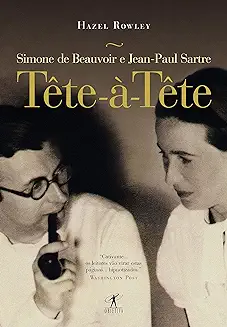
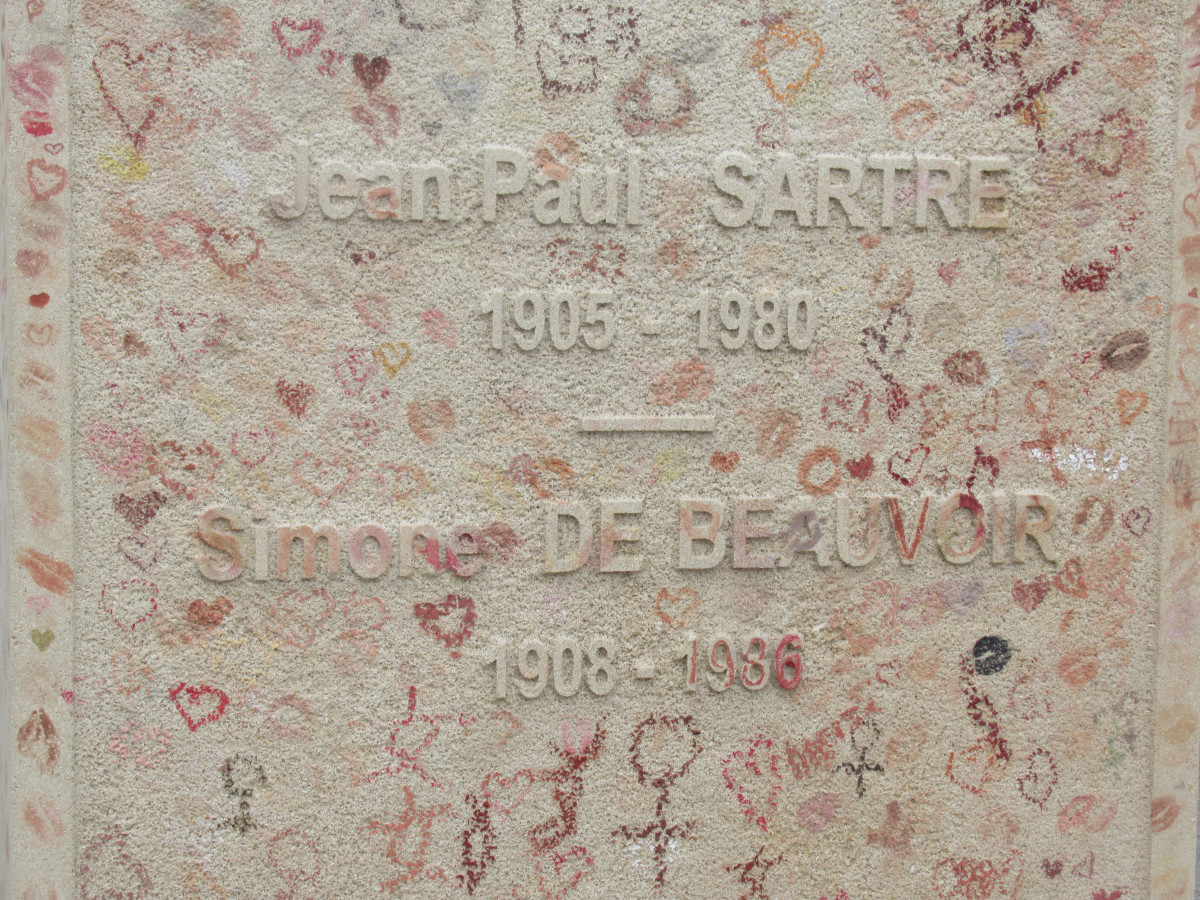
This is the story of Jean-Paul Sartre and Simone de Beauvoir, their lives and, particularly, their relationship. It recounts their meeting as philosophy students, when they ‘talked in bars and cafés, … walked in the Luxembourg gardens and strolled past the second-hand bookstalls along the banks of the Seine’. It describes them working together in left-bank cafés like the Deux Magots and the Flore and it charts their unusual relationship: ‘They rejected marriage. They never lived together. They openly had other lovers. They were often friends with each other’s lovers; on occasion they shared them.’ They endlessly discussed questions of ethics and morality and bequeathed future generations much to ponder, as described by the author in the preface:
‘Didn’t we all want an intellectual partner with whom we could share our work, ideas and slightest thoughts? Didn’t everyone want to write in Paris cafés amid the clatter of coffee cups and the hubbub of voices, and spend their summers in Rome in complicated but apparently harmonious foursomes? Who wanted monogamy when one could have freedom and stability, love and commitment?’
under occupation by alan furst

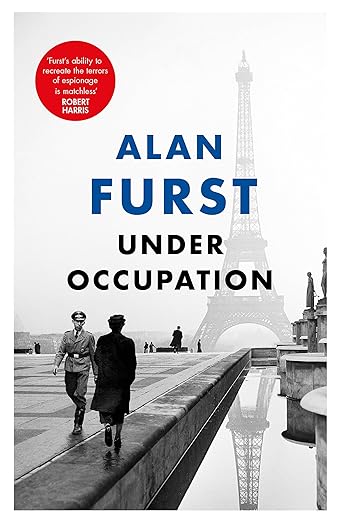
This spy novel is set in Occupied Paris, where listening to the BBC could get you shot, where neighbours denounced each other to the Nazis and to be involved with the Resistance was to court danger on every corner. The novelist Paul Ricard is drawn into all of this when a man being chased by the Gestapo dies in front of him on the street, but just manages to hand over an important document first. Ricard feels obliged to get it into the hands of the Resistance, whatever the cost to his safety. This scene, where he is trapped in a lift with the Gestapo officer who is tailing him, gives the flavour of the book.
‘As he stepped out, he heard the Gestapo man say ’Excuse me, I’m getting off here.’ Buit he couldn’t get off, the Parisian men and women in the lift jostled him and pressed around him, all of them staring straight ahead and pretending nothing was happening ….. As the door closed, the officer struggled, but the crowd had him penned in and now the lift departed.
Listen to the POdcast
Reading suggestions
A Tale of Two Cities by Charles Dickens
Marie Antoinette by Antonia Fraser
Paris Stories Everyman’s Library Pocket Classics
An Officer and a Spy by Robert Harris
Tête à Tête by Hazel Rowley
Under Occupation by Alan Furst
Links for this post
Previous episode Memoirs of Paris
Next episode Paris seen through Fiction
Last Updated on November 21, 2024 by Marian Jones






